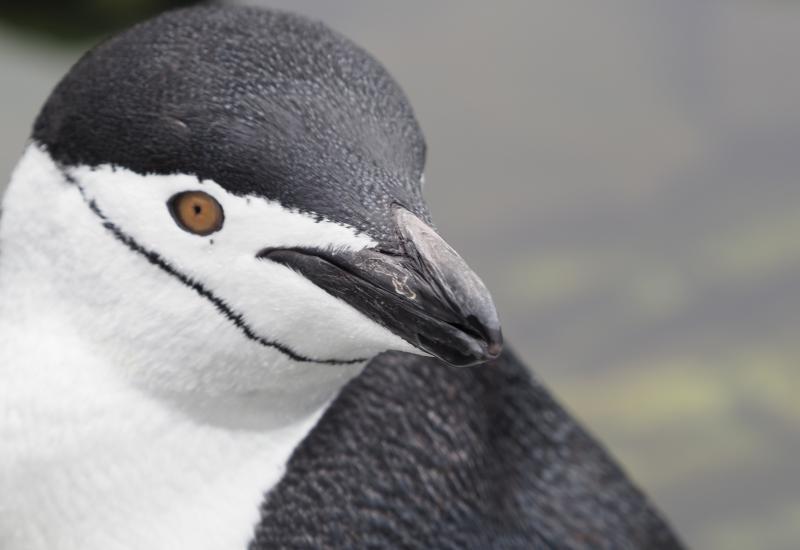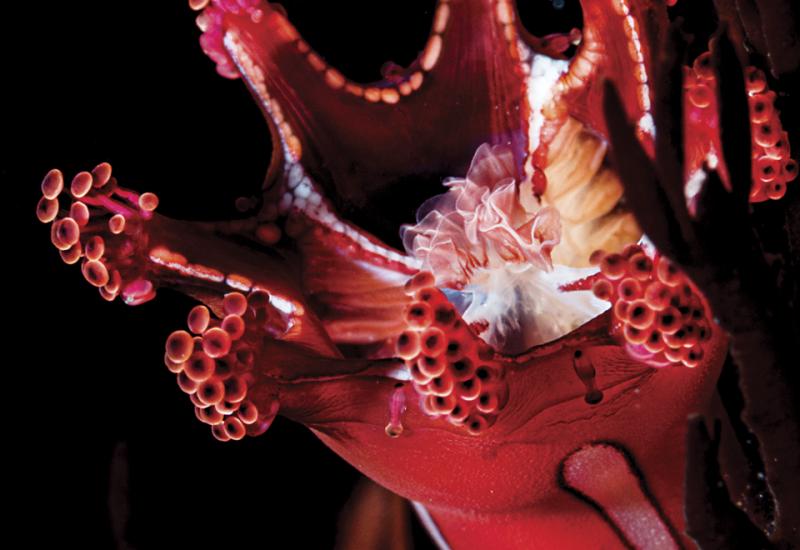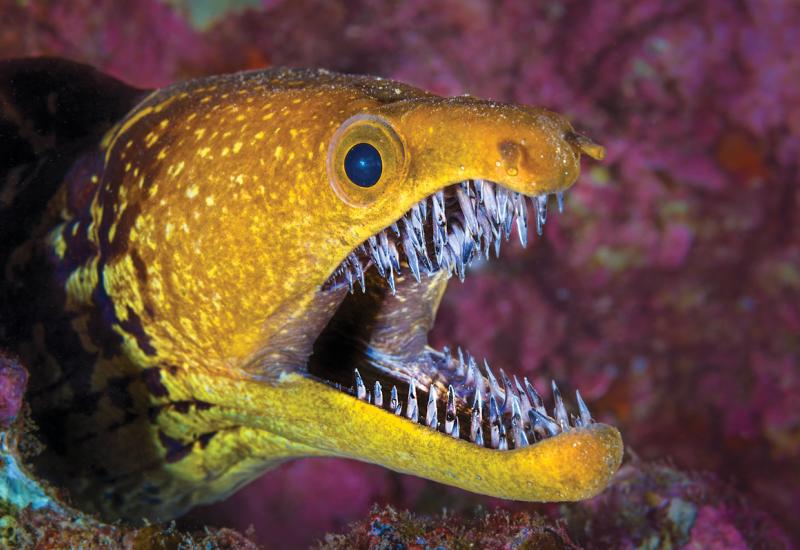Accidental Discovery Under Antarctic Ice Challenges What We Know About Cold Water Life
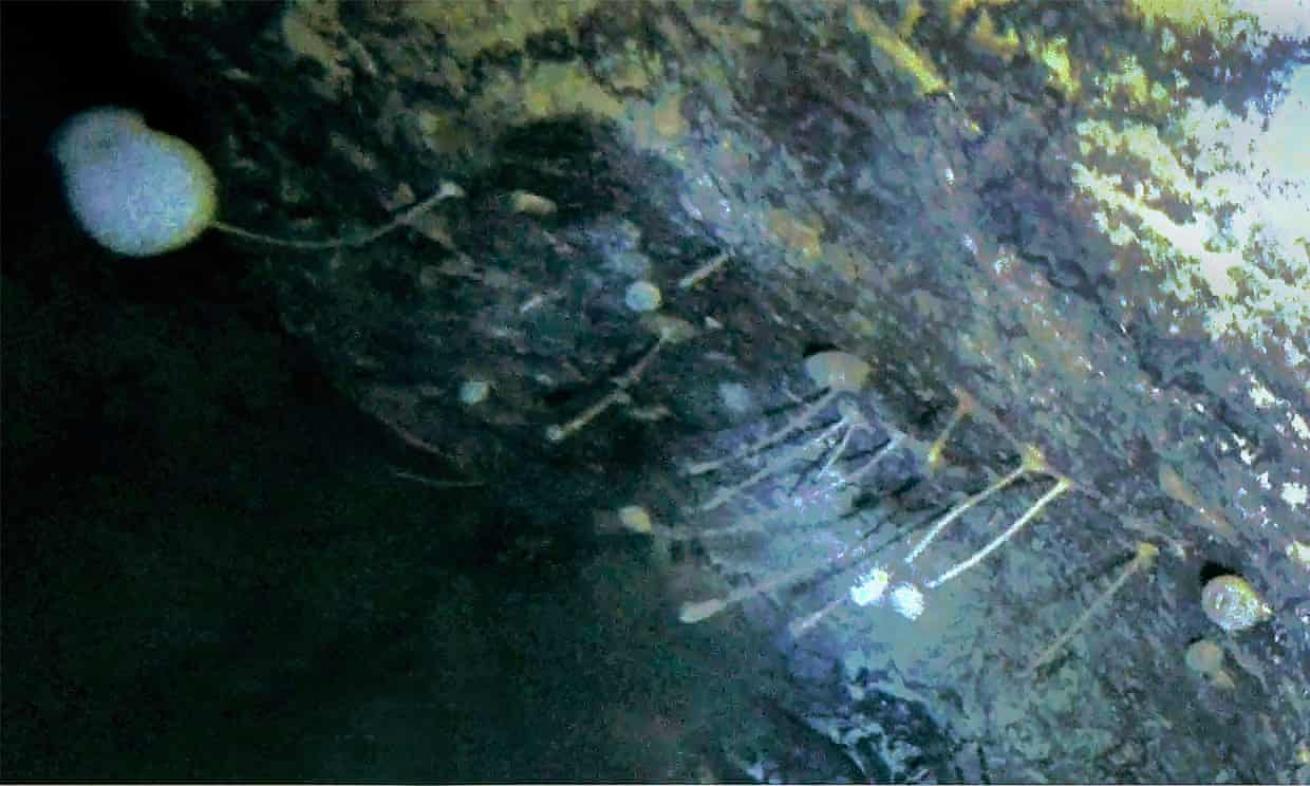
Courtesy Huw GriffithsSponges and other organisms dot a boulder trapped beneath Antarctic ice.
An accidental discovery is giving scientists a new perspective on what life looks like under Antarctic ice.
Some 3,000 feet under an ice shelf in the Weddell Sea, researchers found a boulder coated in organisms like sponges—the first of their kind ever recorded.
Scientists stumbled across the organisms while sinking a borehole through the ice of the Filchner–Ronne Ice Shelf to obtain a sediment sample from the seafloor. They hit the boulder instead. To see what was obstructing their path, the team sent a camera down the borehole, capturing the first images of the discovery.
Among the life found were at least two species of sea sponge and organisms that could be tube worms or stalked barnacles.
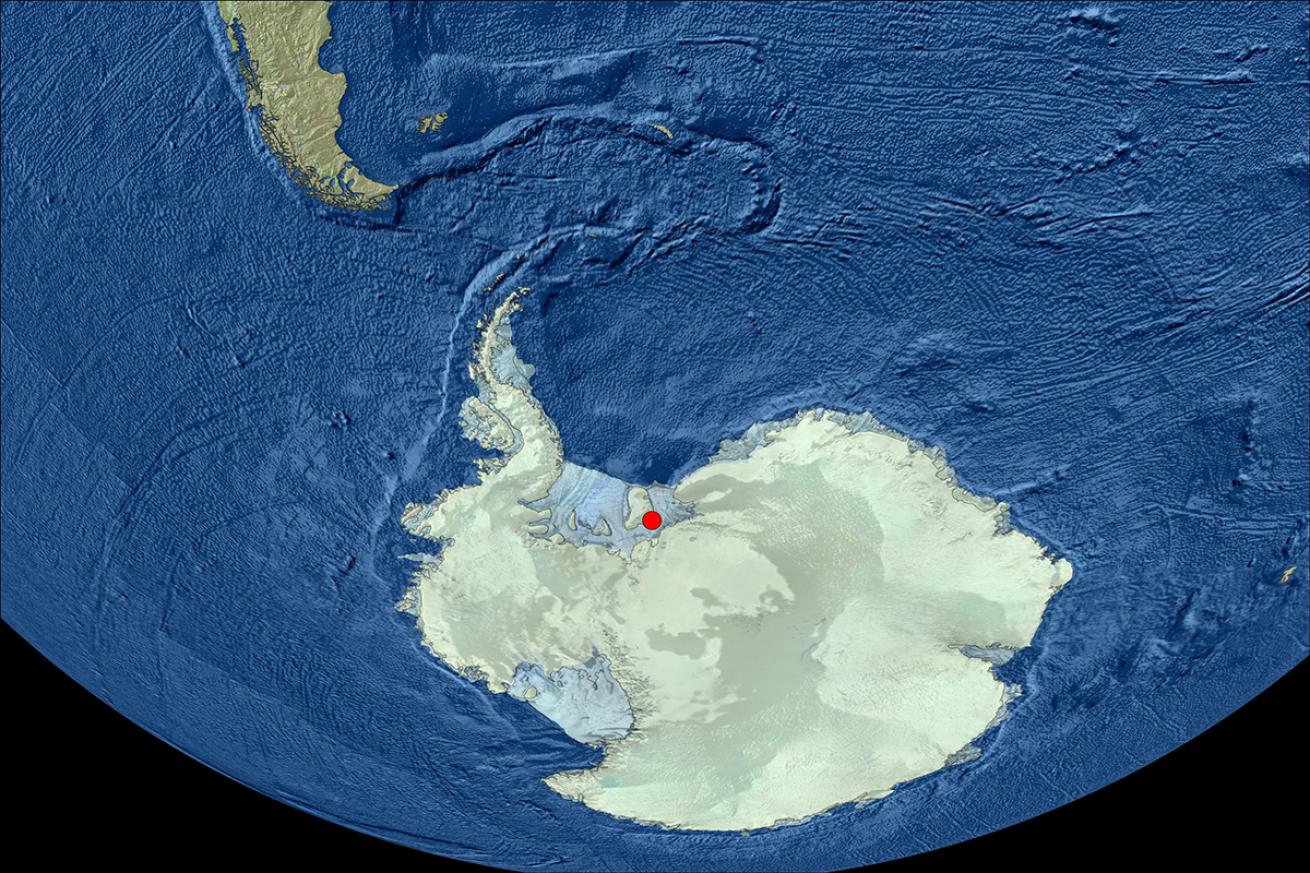
Courtesy Huw GriffithsLocation of the newly-discovered habitat.
“It’s slightly bonkers,” Dr. Huw Griffiths, a marine biogeographer with the British Antarctic Survey, tells The Guardian. “Never in a million years would we have thought about looking for this kind of life, because we didn’t think it would be there.”
Ice shelves form when ice from large sheets sloughs off and slowly makes its way to the ocean by way of glaciers and ice streams, sometimes picking up large objects such as boulders along the way. The objects attach to the shelf and eventually drop to the seafloor.
This particular boulder was found about 1,600 feet below the base of the ice shelf and 160 miles from open water.
Previously, scientists have recorded marine life like fish, worms, jellyfish and krill hanging around beneath floating Antarctic ice shelves, but this is the first time they’ve observed animals attached to rock. Before this discovery, it was assumed the hostile environment beneath an ice shelf — no light, barely any food, and water temperatures of 28 degrees Fahrenheit — were unable to support stationary filter-feeders.
“This is by far the furthest under an ice shelf that we’ve seen any of these filter-feeding animals,” Griffiths says. “These things are stuck on a rock and only get fed if something comes floating along.”
Scientists theorize that because of the area’s strong currents, it’s likely the dead plankton they feed on is carried up to over 900 miles through the sea before reaching the boulder.
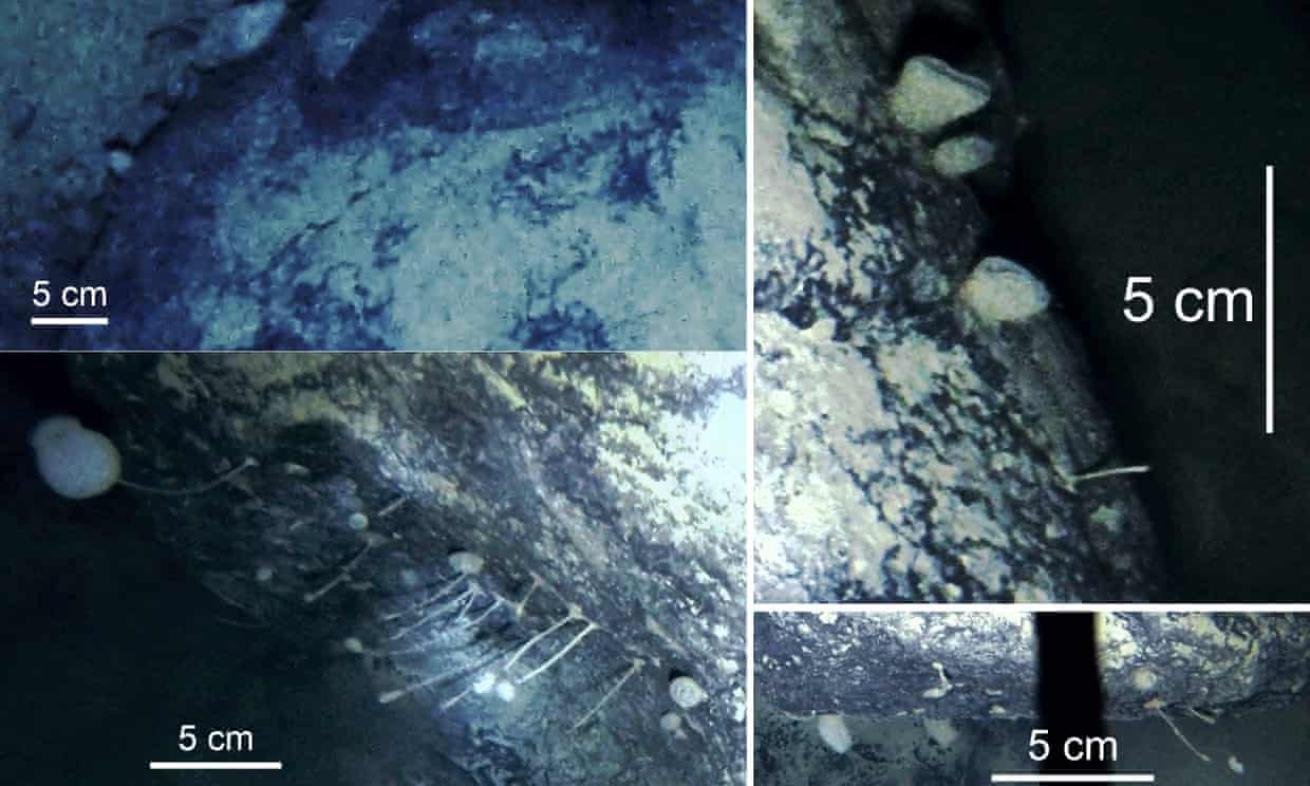
Courtesy Huw GriffithsOrganisms proliferate some 3,000 feet under the Filchner–Ronne Ice Shelf.
The scientists are not able to do additional testing on the organisms due to their location.
“It was a real shock to find them there, a really good shock, but we can’t do DNA tests, we can’t work out what they’ve been eating, or how old they are,” Griffiths says. “We don’t even know if they are new species, but they’re definitely living in a place where we wouldn’t expect them to be living.”

